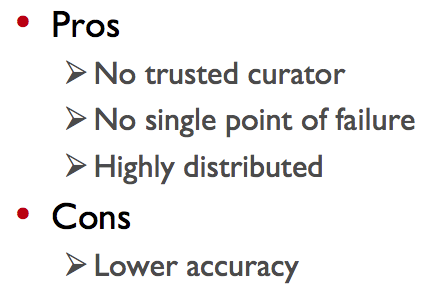k nearest neighbor (kNN): how it works
How K-Nearest Neighbors (kNN) Classifier Works
kNN (k-Nearest Neighbors) is a classification algorithm. It is a simple algorithm that stores all available cases and classifies new cases based on a similarity measure (e.g., distance functions).
